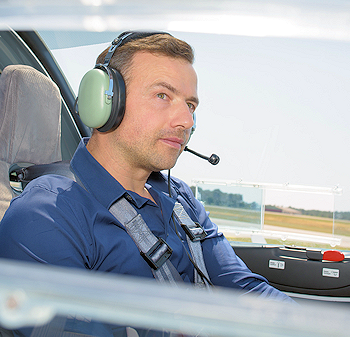Subscriber question:
"I have about 1200 flight hours and an instrument rating, but haven't flown in over three years. How do I get current for both VFR and IFR? I don't want to cut corners, but I don't want to waste time either." — Steven B.
Tom:
 “Realize you’re not going to do it in a single instructional flight. You earned your flying privileges in stages; you’ll regain those privileges in stages as well.
“Realize you’re not going to do it in a single instructional flight. You earned your flying privileges in stages; you’ll regain those privileges in stages as well.
First, study the rules and regulations. There have been some changes in the last three years. Take some online courses, including some of the programs offered by AOPA. Attend an AOPA Rusty Pilot Seminar if one is convenient to you.
Then, schedule some instruction. Cover all the items in the Private Pilot practical test. This will show you and your instructor what, if any, areas you need to practice before you’re ready for a Flight Review. When you’re ready, complete a full Flight Review including a review of airspace, stall awareness, and Special Emphasis areas from the FAA. With your Flight Review endorsement, you’re free to fly VFR—and I suggest you do. Log at least 10 hours, including at least one cross country, under Visual Flight Rules.
At that point, if you still want to restart your Instrument privileges, repeat the process—fly the tasks and maneuvers of the Instrument practical test with a CFII. Determine where you need work, and work on it, in the airplane or in a simulator, or (preferably) both. When you’re ready, take an Instrument Proficiency Check, which is essentially the Instrument Rating checkride administered by a CFII instead of an examiner.”
It's been an unusual time throughout the world. Have you stayed current for the kind of flying you prefer?
